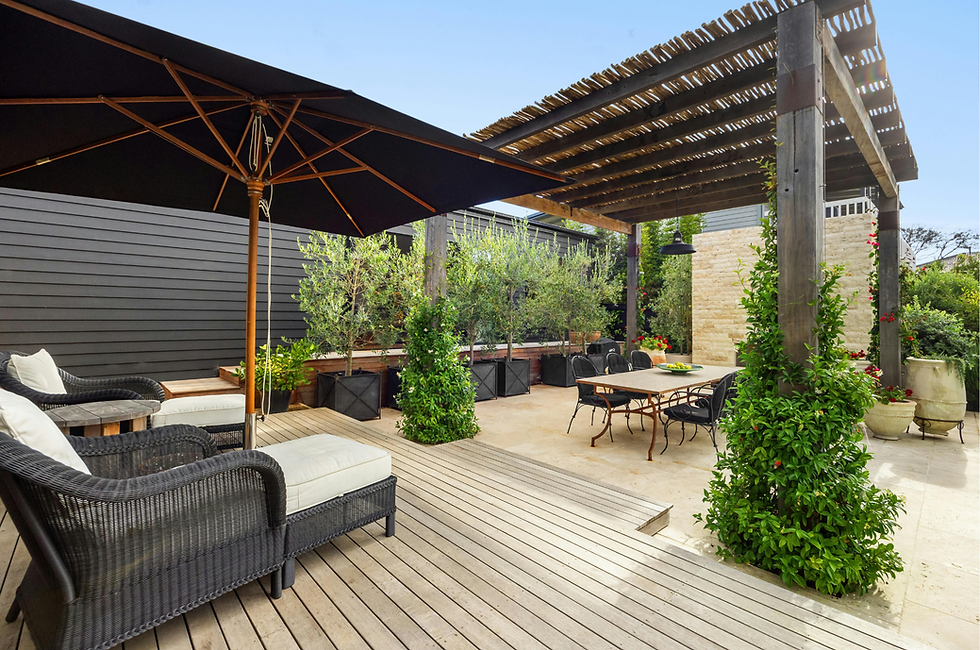Precast Under Pressure
- Oct 13
- 4 min read
How Canada’s New GUL Cement Is Changing the Rules and What You Can Do About It

In our last blog, They Don´t Make It Like They Use To we looked at how today’s GUL cement mixes change concrete chemistry and long-term durability.
This time we’re taking that discussion into the precast world, where concrete is mixed in a plant, hoisted by crane, trucked to site, and expected to last decades.
Precast has long been prized for speed, reliability, and quality control. From farm slab walls to parking structures and bridge beams, contractors trust it for predictability. But with Canada’s shift toward GUL (Portland-limestone) cement, new challenges are creeping into plant floors and job sites: hidden cracking, surface dusting, and rebar rust showing up earlier than anyone expected.
What’s Different About Precast with GUL
When you use precast, you’re working in tight cycles: pour, cure, strip, lift, ship.GUL’s chemistry, more limestone and less clinker, changes how hydration and buffering behave, and that has consequences:
Slower early strength gain. Remove forms or stress elements too soon and fine microcracks may form under tension or handling loads.
Lower inherent pH buffering. The protective zone around steel rebar becomes more vulnerable, giving chlorides or CO₂ less barrier to cross.
Finish and surface sensitivity. Colour variation, texture changes, and efflorescence become more likely when reactions at the surface shift.
This isn’t just theory; plants are seeing it now. Precast yards from Ontario to Alberta are already reporting hairline cracks and surface flaws before panels even leave the crane hook, a red flag that can turn into costly callbacks and shortened service life if ignored.

The Hard Numbers You Can Use
Here’s what Canadian and international research is telling us:
In Canadian plants, GUL (or PLC) mixes often contain 12–13 % limestone by mass (Concordia University PhD Thesis).
The Portland-Limestone Cement Technical Summary confirms that while GUL is designed to match GU in strength and durability under ideal conditions, mixes still must be tested carefully for air-void system, freeze–thaw performance, and long-term strength.
In load-induced microcrack experiments, cracks as small as 5–70 µm wide (up to 40 mm deep) increased chloride migration significantly versus sound concrete (Zhang et al., Cement and Concrete Research).
A similar study showed that even relatively shallow microcracks (10–50 µm width, ~10 mm depth) caused local increases in chloride migration coefficient up to 2.2× compared to uncracked concrete (Russo et al., Politecnico di Milano).
Another investigation demonstrated that external loads creating microcracks directly degraded chloride resistance in concrete and mortar (Zheng et al., Construction and Building Materials).
Controlled mixes combining GUL + 10 % GGBFS achieved lower carbonation depth and higher compressive strength compared to other blends—evidence that you can compensate if you design smart (Cement and Concrete Composites study).
Bottom line: microcracks + weakened pH buffering = faster chloride ingress and earlier corrosion.
Precast handling cycles - lifting, shipping, installing, can speed up that chain reaction.
Why GU Cement Isn’t the Go-To Fix
You might think the answer is simple: go back to GU cement. But reality says otherwise:
Many Canadian cement plants have already shifted to GUL (or PLC) to meet carbon-reduction goals (Cement Association of Canada).
GUL is now accepted under Canadian standards (CSA A3001 & A23.1) for general-use cements.
Even U.S.-based state-of-the-art reports warn that GUL must be treated as a performance-driven material—you can’t relax mixture design, curing, or QA (Portland Cement Association State-of-the-Art Report).
So, while GU may not be available, and even if it were, prescribing it blindly doesn’t guarantee better performance under today’s constraints.The smarter path is to accept GUL as your baseline and layer protections around it.
How to Protect Precast Under GUL Conditions
Here’s what contractors, plant managers, and engineers should demand and enforce to keep precast strong and long-lasting.
1. Specify performance metrics, not just cement types. Require tests for chloride permeability, freeze–thaw durability, minimum compressive strength at early ages, carbonation depth limits, and more.Let the plant fine-tune mixes to hit those numbers.
2. Control creep, shrinkage, and microcracking. Use shrinkage-reducing admixtures, fibres, internal curing, or optimized aggregates. Maintain strict curing regimes: moisture, gradients, and temperature.
3. Densify the surface / apply treatments. After production, apply a deep-penetrating silicate or modified sodium silicate treatment like PRO Tek Concrete to fill micro voids, strengthen the cover zone, and maintain a high-alkaline buffer.
4. Adjust SCMs wisely. Keep using fly ash, slag, or silica fume—but balance proportions to preserve early strength and pH buffering (Cement and Concrete Composites study).
5. Enforce strict QA & handling discipline. Don’t strip too early. Delay stressing or hoisting until verified strength is met. Inspect panels for microcracks before they leave the plant.
6. Install monitoring systems. Embed half-cell potential sensors, chloride probes, or pH sensors in select units for early warning before damage shows.

Pulling It Together
Precast isn’t broken, but the chemistry around precast is changing fast.With GUL cement now the norm in Canada, old assumptions are under strain and yesterday’s single-purpose sealers or curing products simply aren’t enough.The smartest path forward is to design for performance, tighten curing and QA, and add a single treatment that cures, densifies, fortifies, and waterproofs. That’s where modified sodium silicate technology shines. Its deep-penetrating chemistry bonds within the concrete matrix, creating a denser, more alkaline surface zone that resists carbonation, chloride ingress, and freeze–thaw damage.
By choosing a true 4-in-1 solution like PRO Tek Concrete, you lock in long-term strength and durability—protecting your precast investment for decades with one application.
References
1. Mirvalad, S. Portland-Limestone Cement (GUL) in Canadian Concrete – Concordia University PhD Thesis
5. Zheng et al., “Effect of External Load on Chloride Migration,” Construction and Building Materials
7. Canadian EPD for GU and GUL Cements – Heidelberg Materials Canada
8. CSA A3001 & A23.1 standards for Portland-Limestone Cement
Written by EverTek Marketing — collaborating with our technical team to share expert concrete durability insights.




Comments